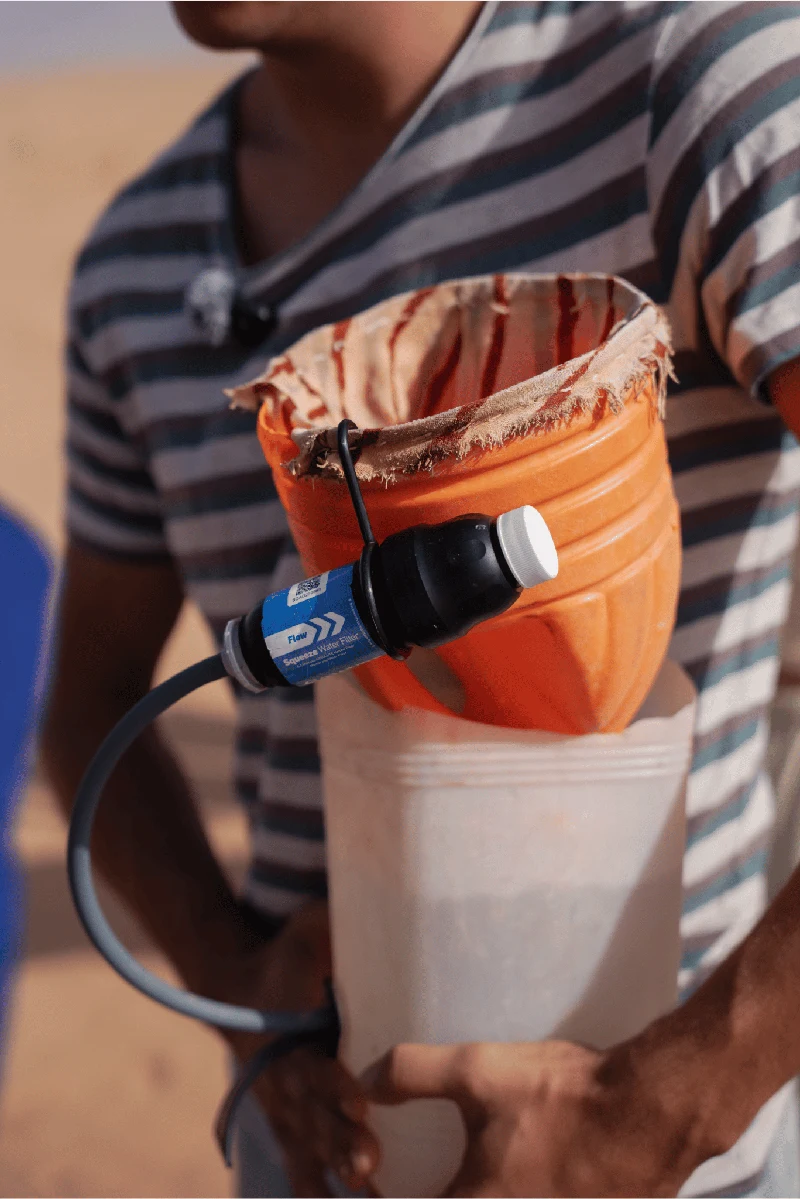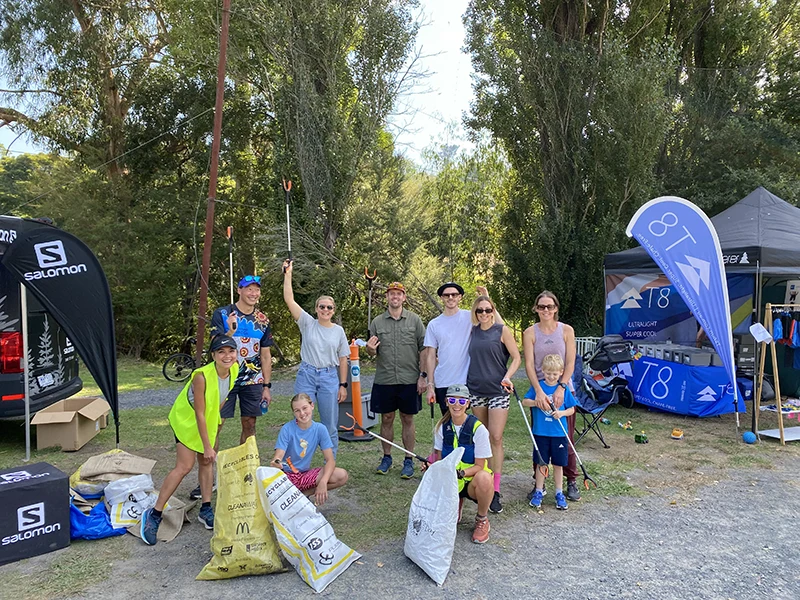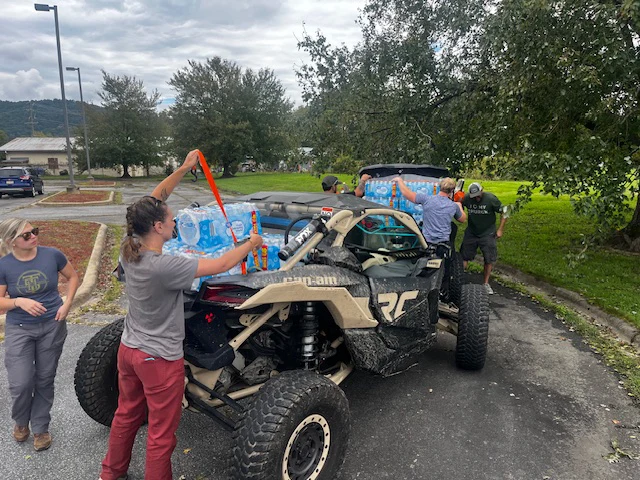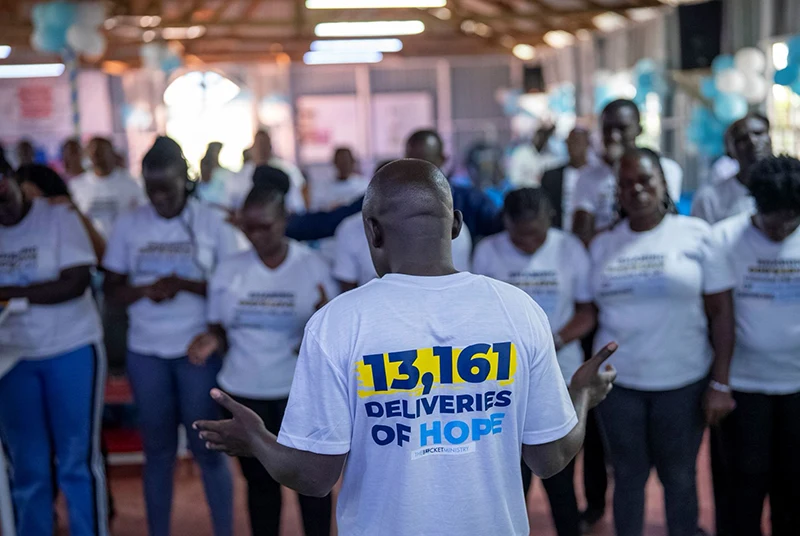Wild Solitude - The Beartooth Traverse
Wild Solitude - The Beartooth Traverse

Wild Solitude - The Beartooth Traverse
YouTube video highlight
Since I was 8 years old, the Absaroka-Beartooth Wilderness has scared me. But into the depths of the wilderness lay its true secrets: wild solitude.
Read more about the projectWild Solitude - The Beartooth Traverse


I was scared. I didn’t show it although I wanted to and I didn’t say it, although I should have. My partner was giddy, and I was petrified.
We were at the Sky Top Basin of the Beartooth Plateau - the foot of Granite Peak, Montana’s highest point, and we were attempting a summit.
It was three in the morning and I was making coffee while a mountain goat was scratching at the alpine tundra where I had just peed. The stars sparkled in the sky and my breath could be seen much like the steam coming from the Jetboil stove making our coffee.
My stomach was in knots, my hunger was non-existent, and my partner had a smile on her face.

We boulder hopped and climbed for over an hour, arriving just in time for the alpine sunrise. The peaks were so jagged, so rugged, and so prominent, that they looked as if they were fangs from a bear. Fangs that have been penetrated by the sun, waiting to pounce on those that don’t successfully summit.

We scurried our way up the east side of the face while rocks slid beneath each step.
On some pitches, we took turns moving up the face not to send soccer-ball sized rocks tumbling down on each other.
This lasted for over an hour until the climbing began to get more serious. The holds were questionable and the falls were unacceptable, but my partner pushed on with a smile while I sat there holding my fear from her. She took the lead like a champion while I questioned each step. I was miles out of my comfort zone.

Another pitch presented itself with a 20-yard section of snow clinging to life in the summer sun of the 12,000-foot face. I was ready to turn around and voiced my concern. It went in one ear and out the other.
Each pitch after didn’t get easier. But with my partner’s guidance, I trusted the holds she made and inched closer and closer to what we were beginning to think was the summit.
We scrambled further until we could see the ridgeline leading up to the top. The roof of Montana had been scaled, and the deck of this metaphorical house extended as far as we could see.

Fear took over most of that morning on Granite Peak, but in reality the fear started three days previous when we first set out on this trip. Since I was 8 years old, the Absaroka-Beartooth Wilderness has scared me. It has also fascinated me, inspired me, and has given me joy.
But into the depths of the wilderness lay its true secrets: wild solitude.
I‘ve known about this for years, and each year, I would be inspired to work on a project spanning the range, doing some kind of trek going from one end of the million-acre wilderness to the other. Then suddenly, an excuse would be made, shielding me from ever getting the opportunity. And with such a short window between timing good trail conditions, the door kept getting smaller and smaller.

I finally decided that if I didn’t take a step towards my fear, I would always turn around and run away afraid. I finally accepted that there was no excuse anymore. The bears were always going to be there, and the trip would never get any easier. I made the call, asked for time off, and off we went.
Hurdles were abound before we even left. We needed a couple of things to align beyond the stars.

We needed gear, lots of gear. The kit that was going to keep us alive, keep us healthy, keep us comfortable. It needed to be as light as a feather on our backs, all the while being sturdy and something trustworthy. Gear as we traversed a range so large that every day was to be a struggle. So high that the average elevation is over 9,000 feet.
So technical and challenging that at any moment, a leg could break, an animal could attack, or a rock fall could release.

My stomach was in knots, but the first miles on trail were a blessing in mixed emotions. Excitement shot through us and fear remained a constant bedfellow, but these were all lessons to be learned with each mile that presented itself.
For eight days we needed to be calm, be strong, be vigilant.
We needed to have our heads on our shoulders and make smart decisions. And as that was going through our minds, the first cautionary tale presented itself.

Off into the distance, on day one, a grizzly bear meandered up a grassy slope above 10,000 feet and moved like it was a runner on a track at sea level. The large grizzly climbed in elevation in search of roots while cautiously scanning the environment. It was a pleasure and a relief to be able to see such a creature in its natural environment from such a safe distance.
Our ability to move fast while remaining quiet meant we frequently snuck up on animals.

Creatures like grouse cautiously lurk in plain sight while using their camouflage to blend into their environment.
Others, like moose, that stared at us while we took down our tent to start the day. Mountain goats moved along the cliff edges of the high alpine walls while scratched and sniffed our urination marks at night while we tried to sleep. On the plateau in mixed granite boulders, marmots squeaked in warning at our presence while the pika adorably groaned and moaned, doing the same.

Bird species were everywhere and osprey called while flying over the lakes looking for fish. Grey Jays, Clark’s Nutcracker, Robins, Plover’s, Dippers, and many more continued their daily routine as if we were never there. The plateau had moments of sheer silence while also having a symphony of song to keep us entertained without ever needing to play music or talk - unless we felt we were being too sneaky for the bears.

The vegetation ranged from grass at high elevations mixed with wildflowers ranging from the bright pink fireweed to the purple columns of lupine. Shrubs took over the lower elevated areas and next to water sources.
Below the alpine tundra: limber pine, lodgepole pine and fir presented themselves in the most majestic and rewarding way, offering shade.

As an added bonus amongst the tree-line, berries presented a midday snack.
An abundance of wildflowers, berries, and vegetation meant an abundance of water, and hundreds of lakes and miles of streams were also guaranteed to be loaded with fish. On nearly every cast, an eager fish smacked the fly and was brought to hand.

The Sawyer Squeeze was our filter of choice for the trip and the water tasted so good that I was actually jealous of the fish that call the area home.
The fish rarely broke the ruler measure, but the landscape dominated the grandeur of the venture, and took over the focus even when attempting hook sets. It changed on a daily basis and it was anything but flat.
I learned on this trip that Mother Nature requires one thing to remain healthy, and that’s the lack of humans. And this wilderness is one of those rare places in the lower 48 where the inaccessibility is a blessing in disguise. The healthy mega fauna of bears and moose and goats can roam as they wish while only getting glimpses of us.

It’s when we encroach that the problems evolve. And to have a place in the country, where the inaccessibility is the crucial ingredient to a success story, there is no need to change any of that.
All we must do is lace up those shoes, shoulder those backpacks and explore on our own two feet, with respect and inspiration guiding the way.
On the trip, we took 248,992 steps, burned 26,972 calories, climbed 14,010 feet, and trekked 94.53 miles. The high point was Granite Peak at 12,799 feet while the lowest was at the bottom of a river valley at 6,354 feet. We caught 33 fish, saw 12 mountain goats, 10 marmots, seven pika, four moose, one grizzly, one black bear, one big horn sheep, and had one epic trip through an incredible wilderness area and one that I will return to for the rest of my life.




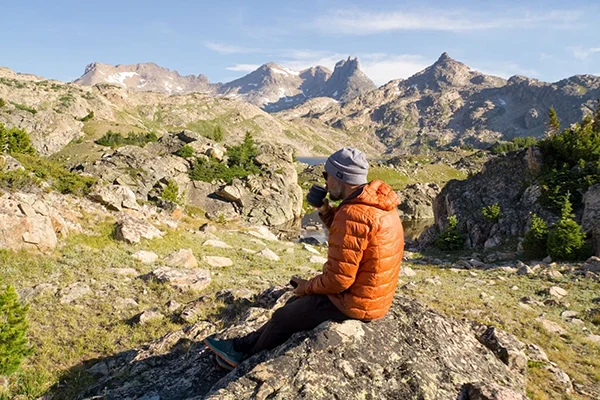

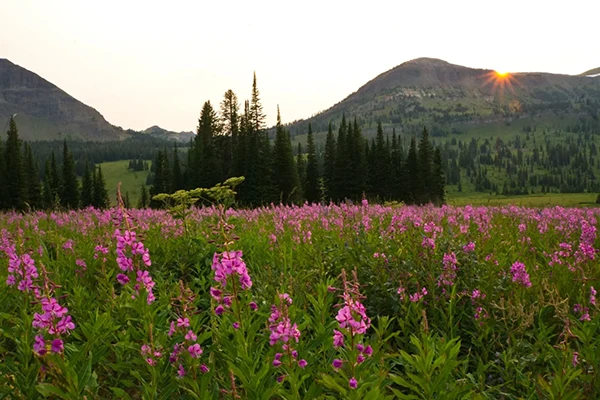
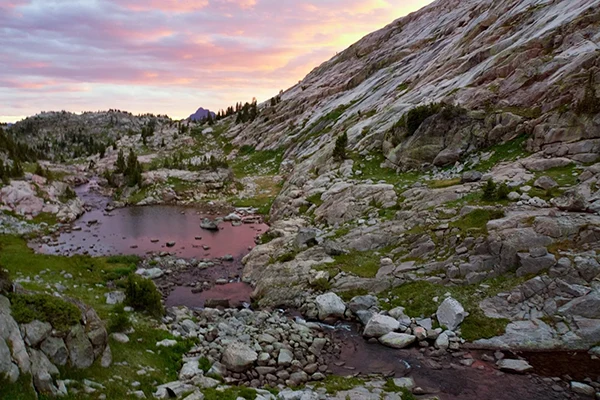
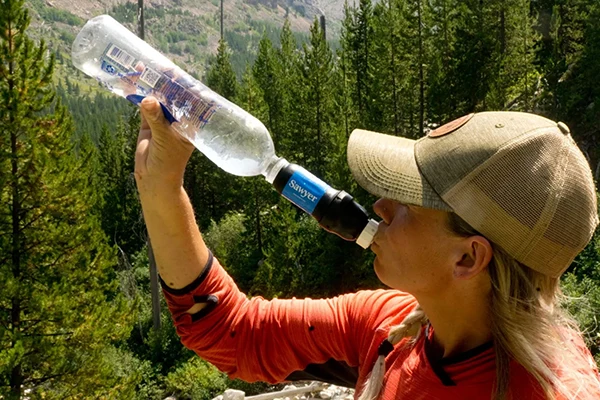

.png)
